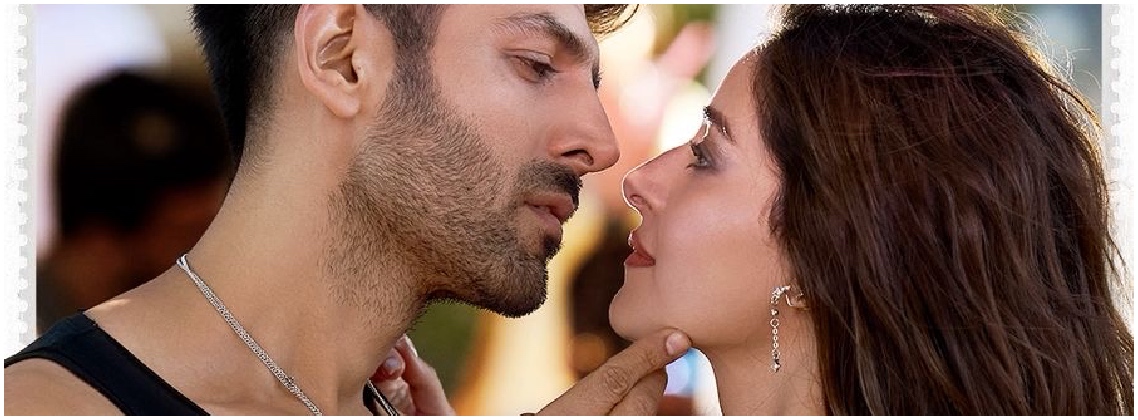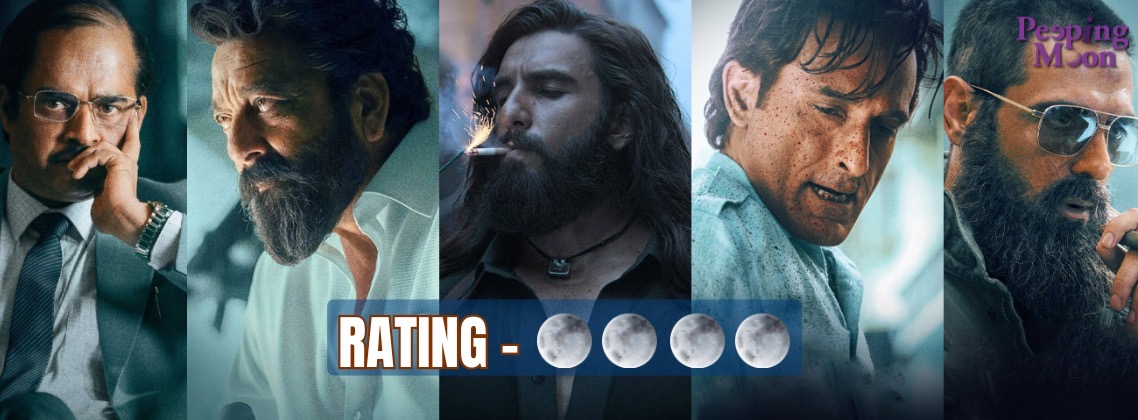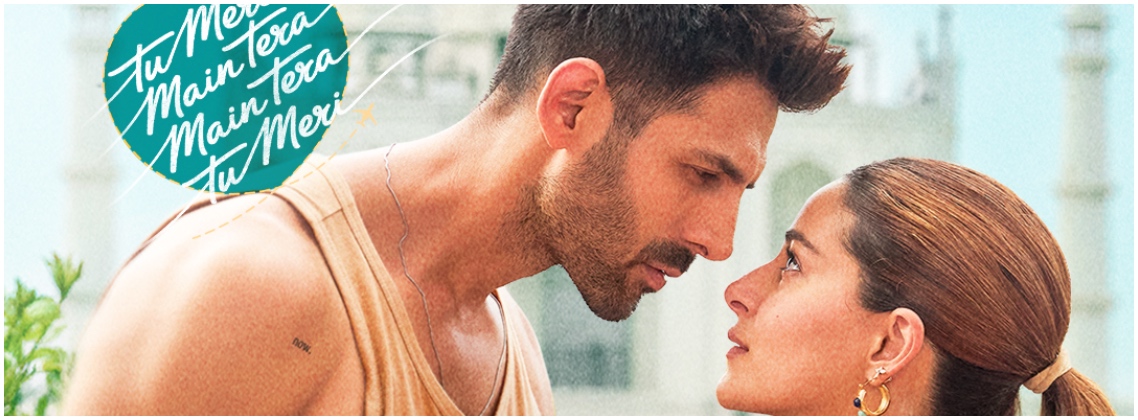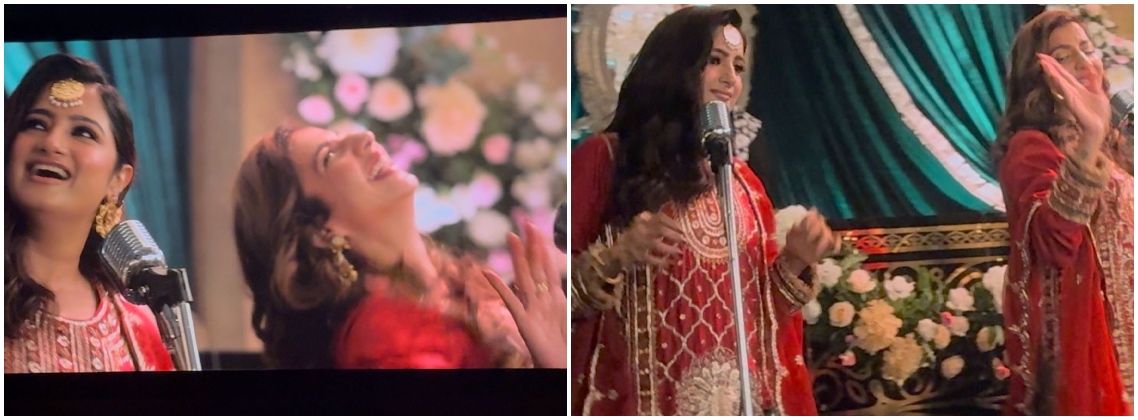Veteran fashion designer, Rohit Bal who has designed for top celebrities like Sonam Kapoor, Kareena Kapoor, Sushmita Sen, Ranbir Kapoor, Ranveer Singh among other Bollywood stars recently startled the entire fashion industry with a strong-worded post on his Facebook page. Written by Shahab Durazi, Rohit shared a post slamming the Indian Fashion Industry and questioning Bollywood celebrities why they can't pay for what they wear! The designer explained at length how insignificant the fashion industry has become and how it'll be lost and doomed if not taken care of. He further spoke and “unhealthy trend” that of the “tendency Bollywood stars have in favoring specific designers”.
The post has now been deleted.
In the mentioned post, Bal veered our attention towards how the continued bastardization of Indian fashion and the Bollywood bug has rendered Indian fashion almost insignificant. We’ve all seen celebrities flaunt some really grand and amazing outfits at the red carpet events, film promotions, basically every time they step out but do they even pay for these designs? Well no, all they give the designer in return is 'Publicity.'
[caption id="attachment_99119" align="aligncenter" width="1071"] Ranbir Kapoor in Rohit Bal[/caption]
Ranbir Kapoor in Rohit Bal[/caption]
[caption id="attachment_99118" align="alignnone" width="1000"] Aditi Rao Hydari in Rohit Bal[/caption]
Aditi Rao Hydari in Rohit Bal[/caption]
[caption id="attachment_99120" align="aligncenter" width="1000"] Ranveer Singh in Rohit Bal[/caption]
Ranveer Singh in Rohit Bal[/caption]
RECOMMENDED READ: DISTRAUGHT ROHIT BAL BEGS FOR MERCY!
In his long Facebook post, the designer also questioned the acceptance of diva antics and the fashion industry’s devotion to Bollywood stylists and their celebrated clients. Bal highlighted the fact how is Fashion becoming all about Bollywood. If a celebrity wears it, it automatically becomes fashion but no one goes on to appreciate the designer and his hard work. Instead, the stylist takes all the credit and walks away with accolades but if the style is not well received, the designer is ridiculed.
Here's a part of the designer's post which he shared on Facebook.

We've entered an era where grabbing attention is of utmost importance than being ethical. Today, esteemed fashion magazines feature star kids with little or no credibility, on their covers, simply because of their film lineage and to grab attention. Unfortunately, Bollywood has become the biggest player in the Fashion industry, leaving very little or no place for fashion.
While the international fashion industry is reaching new heights; the Indian one is still busy trying to throw nepotism out of it.
Here's the complete text of Bal's post:
“I have been wanting to express this for a long time. As a player who is a part of the fashion industry for over three decades I have witnessed the continued bastardization of Indian fashion. We have come a long way but are certainly not headed the right way. There is an innumerable malaise that ail this industry.
The most potent is the Bollywood bug that has rendered Indian fashion almost insignificant. Bollywood and the disparate costumes it generates (yes costumes… because anything designed specifically for a film is technically a costume and comes under the aegis of costume design) does not represent contemporary Indian fashion. These are merely costumes specifically designed to style a script and clothe a character within that script. Unfortunately, mass adulation that blindly follows this as relevant Indian fashion, needs to be addressed and the majority who see this as relevant, need to be educated.
This brings me to my second argument… our Indian fashion media. Fashion glossies compete with each other to patronize and pander to (often totally undeserving) film celebrities to adorn their covers and feature in their editorial content. Gone are the days of supermodels and super fashion. Every publication is vying for eye candy and often star kids with little or no credibility make it to covers of esteemed fashion magazines, simply because of their film lineage. These are seen as professional conquests, both, for the publication as well as the celebrity. Scoops! Trophies! Fashion is the loser in this tangled triangle of egos. This trend is regressive and invariably defeats the purpose of fashion. Fashion publications should present fashion trends, styles and accessories. They should resolve to create content that aspires and inspires the readers (including film personalities) to go out and shop. Advertisers pay them for that. Unfortunately, Bollywood has become the biggest player in an arena of misplaced advertising values. When a Bollywood star is featured on a cover or in a cover story, it creates ambiguous branding that confuses the reader with a myriad of conflicting questions. In keeping with the general admiration Indians feel for Bollywood, this is a clever ploy that attracts readership but discounts content and credibility in fashion. From personal wardrobes, snippets for film promotions and wedding albums, Bollywood is featured indiscriminately, with the sole intent of selling out to the public and reinstating ranks in a hierarchy that is distorted and discriminatory. Additionally, such magazines favor international brands over indigenous ones in compliance with their advertising policies: understandably so, but a balance should be maintained to ensure indigenous talent is represented fairly and new/emerging talent is given a platform for growth as these designers deserve an equal chance to be noticed.

We have the incestuous story of Bollywood stylists and their celebrated clients adding to the dilemma. Designers (with turnovers less than half the daily fee of these celebrities) are expected to provide their creations for red carpet appearances in exchange for publicity. My question is… why can’t these celebrities pay for what they wear like everyone else and why are designers succumbing to this for momentary mileage? Surely the designer can sell her/his creation and garner some goodwill for her/his creativity. She/he need not piggyback to fame riding on the credentials of Bollywood. Fashion and film are two distinct industries that can complement each other without diluting their inherent DNA. Often the designer hardly gets noticed for his work and it is the celebrity and stylist who walk away with accolades. If the style is not well received, the designer is ridiculed. Why is the apex designer body in this country allowing this exploitation and why aren’t their stringent rules in place protecting designers from such partiality? No film personality would do favors for free. Why do they expect others to do favors for free, more so when their earnings from films and endorsements are exponential? The stylist is paid for her/his services but the designer often gets nothing. Designers should deny sourcing requests and film stars and stylists should purchase looks for events. Not only would this enhance business for the industry but also structure celebrity styling. Unfortunately, like most other things, we have borrowed this model from the west where aggressive public relations teams source for celebrities for free. Surely, we can set an example and establish a structure that can benefit the celebrity, stylist and designer equally.
Lastly, an unhealthy trend one notices is the tendency Bollywood stars have in favoring specific designers. Why does their personal relationship with designers have to be the criteria for choosing their wardrobes or putting together their looks? Their style choices should not be based on personal equations. If purchasing designs were the norm, then film stars would look beyond their designer friends for their wardrobes. Often, Bollywood weddings have most guests wearing the same two/three designers creating a uniform look. It is imperative in this context, to understand that Indian couture is not synonymous with Indian bridal wear and that couture is comprehensive and not confined to such celebrations or events.

Unless there is change, we will continue to see a steady decline in the aesthetic of Indian fashion and a path to irreversible mediocrity. I know my sentiments resonate with many within the industry. I hope to see a change. Thank you.
Written brilliantly by Shahab Durazi”











